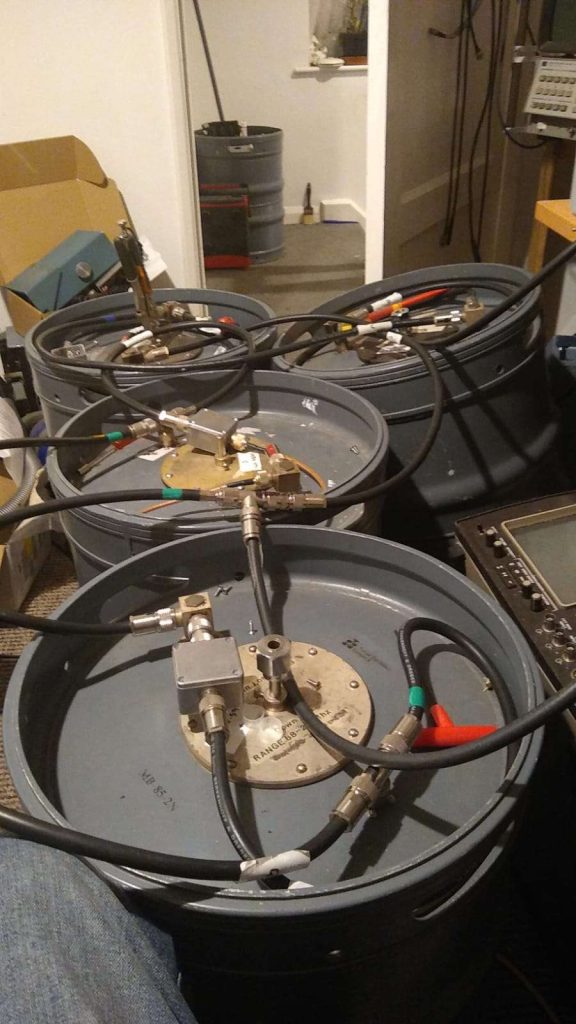SSIDs
SSIDs are used to identify separate services running under the same call sign. For example, you may have a node, a BBS, and a chat server all running on your home packet station. All three can’t operate as exactly the same call, so an SSID is added on the end to differentiate between them.
There isn’t a fixed convention on which services should use which SSID, but as a group, it would be helpful if we had a “standard” we used, just for clarity. It doesn’t really matter what the standard is, as long as we document it, and stick to it.
With that in mind, I would like to propose the following :
M7GMT – Your “raw” call sign without an SSID (this implies -0). Your personal terminal. Use when you connect to other systems, are having a chat, etc.M7GMT-1 – BBS (mailbox). This is somewhat of a convention already, with many TNC’s in-built mailbox defaulting to -1.M7GMT-3 – ChatM7GMT-5 – Node
We can use SSIDs 1 to 15, so if there are other services that several stations run (e.g. DX Cluster), we can add a new line here to keep things organised.
Aliases
Aliases are used as a “friendly name” for packet stations, allowing you to connect without having to remember whch SSID you need. For example, my node currently has the alias WYMOND (for Wymondham), so you could connect by typing either connect M7GMT-5 or connect WYMOND.
Aliases can be up to 6 characters, and should be unique on the packet network. The idea is for these to be memorable, so I would be interested in your feedback on the following formats:
WAVExx – WAVE followed by a 2 letter ID. First letter is first letter of city/town/village. Second letter is type: D for digipeater, N for node, B for BBS, and C for chat. Examples:
WAVEWD:MB7NAF = Wymondham DigipeaterWAVEAN:M7GMT-5 = Attleborough Node
WAVxxx – WAV followed by a 3 letter ID. As option one, but this allows an extra character for station ID, which would help prevent potential clashes as the network grows. Examples:
WAVBCC:GB7MSX-3 = Burgh Castle ChatWAVWYD:MB7NAF = WYmondham DigipeaterWAVATN:M7GMT-5 = ATtleborough Node
TWxxxx – TW followed by a 4 letter ID. This allows even more flexibility for the station ID, but is perhaps less clear that they are all associated. Examples:
TWBUCC:GB7MSX-3 = BUrgh Castle ChatTWWYMD:MB7NAF = WYMondham DigipeaterTWATTN:M7GMT-5 = ATTleborough Node
Discuss
Again, what we settle on is less important than sticking to the standard. I would love your feedback on this, other formats to consider, and so on.
Happy packeting!
